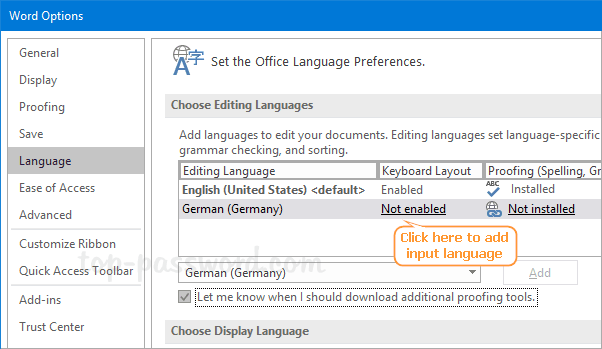
In the United States, “.edu” (the default setting) will usually work. This option automatically disables Zotero's proxy re-direction when the domain of your internet provider contains the given string. Typically you won't need to use a proxy when you are connected to the internet through your institution’s network. Uncheck this box to prevent Zotero from prompting you to store proxies it detects.ĭisable proxy redirection when domain name contains Uncheck this box to disable this notification.īy default, Zotero will automatically detect when you visit a page through an institutional proxy and offer to remember the proxy the next time you visit the website. Show a notification when redirecting through a proxyīy default, Zotero will show a temporary banner at the top of your browser when it redirects through a saved proxy. In that case, delete those settings by selecting them in the “Configured Proxies” box and pressing the minus (-) button below it. Do not use this option if you no longer have access to the saved proxies. You can do this temporarily and your proxy settings will remain saved. Uncheck this option to disable proxy redirection. Zotero's proxy redirection is enabled by default. The Proxies preferences allow you to adjust the following options: Zotero proxy redirection is not available in Safari. By default, Zotero will prompt you to store the proxy and then route you through the proxy automatically and without further input. Zotero users can use the proxies feature without ever looking at this preference tab. You should be routed through the proxy login site if you're not already logged in, then you can access the database as you normally would. If you agree, Zotero will automatically use the proxy for matching URLs in the future. When it detects that you are using an institutional proxy to access a particular site, it will ask if you want to remember it in the future. The Zotero Connector can make this more convenient. The ç will appear.Įxample 2: To input French Ç ( Shift+Option+C), hold down the Shift key, then the Option key,then the C key.Many institutions require you to sign-in to a proxy system to access electronic resources while you are off-campus. Masculine Ordinal Number (Span/Ital/Portuguese)Įxample 1: To input French ç ( Option+C), hold down the Option, then the C key. The following table shows the keyboard combinations that you can use to create the desired character. If you press the space bar, the symbol (apostrophe, quotation mark, accent grave, tilde, accent circumflex or caret) is displayed by itself.If you press the key of a character that is not eligible to receive an accent mark, two separate characters appear.If you press one of the letters designated as eligible to receive an accent mark, the accented version of the letter appears.also called the CARET key, ( ^) key, nothing is displayed on the screen until you press a second key:

When you press the APOSTROPHE ( ‘ ) key, QUOTATION MARK ( “ ) key, ACCENT GRAVE ( ` ) key, TILDE ( ~ ) key, or ACCENT CIRCUMFLEX. letters will remain the same, but punctuation like, ” will combine to do the accent as below.at the bottom toolbar on the right, click on the keyboard icon and choose US International.check the box for US International, ok at the top right of that area.
#CHANGE LANGUAGE SETTING IN WORD FOR MAC CODE#
Setting up the International Keyboard – uses punctuation as a code for the accents For other accent needs use the alt number method or insert characters.Ģ.

To put a cedilla underneath the letter “c”, use CTRL+comma before typing “c” or “C” to get “ç” or “Ç”.
#CHANGE LANGUAGE SETTING IN WORD FOR MAC PLUS#
The “6” key becomes a circumflex accent when shifted, so CTRL+SHIFT+6 plus either “a”, “e”, “i”, “o”, or “u” generates “â”, “ê”, “î”, “ô”, and “û”, respectively. CTRL+grave accent (the key to the left of the number “1” on the top row of keys) puts a grave accent over the next vowel typed.


 0 kommentar(er)
0 kommentar(er)
